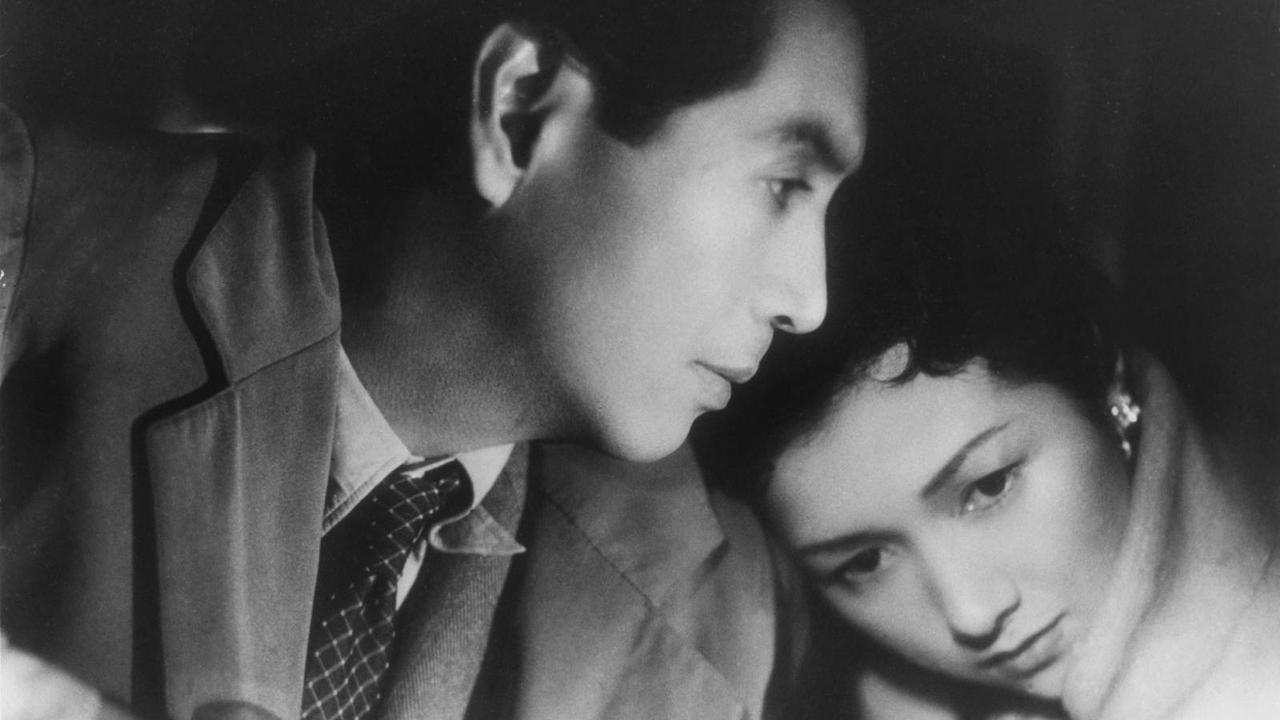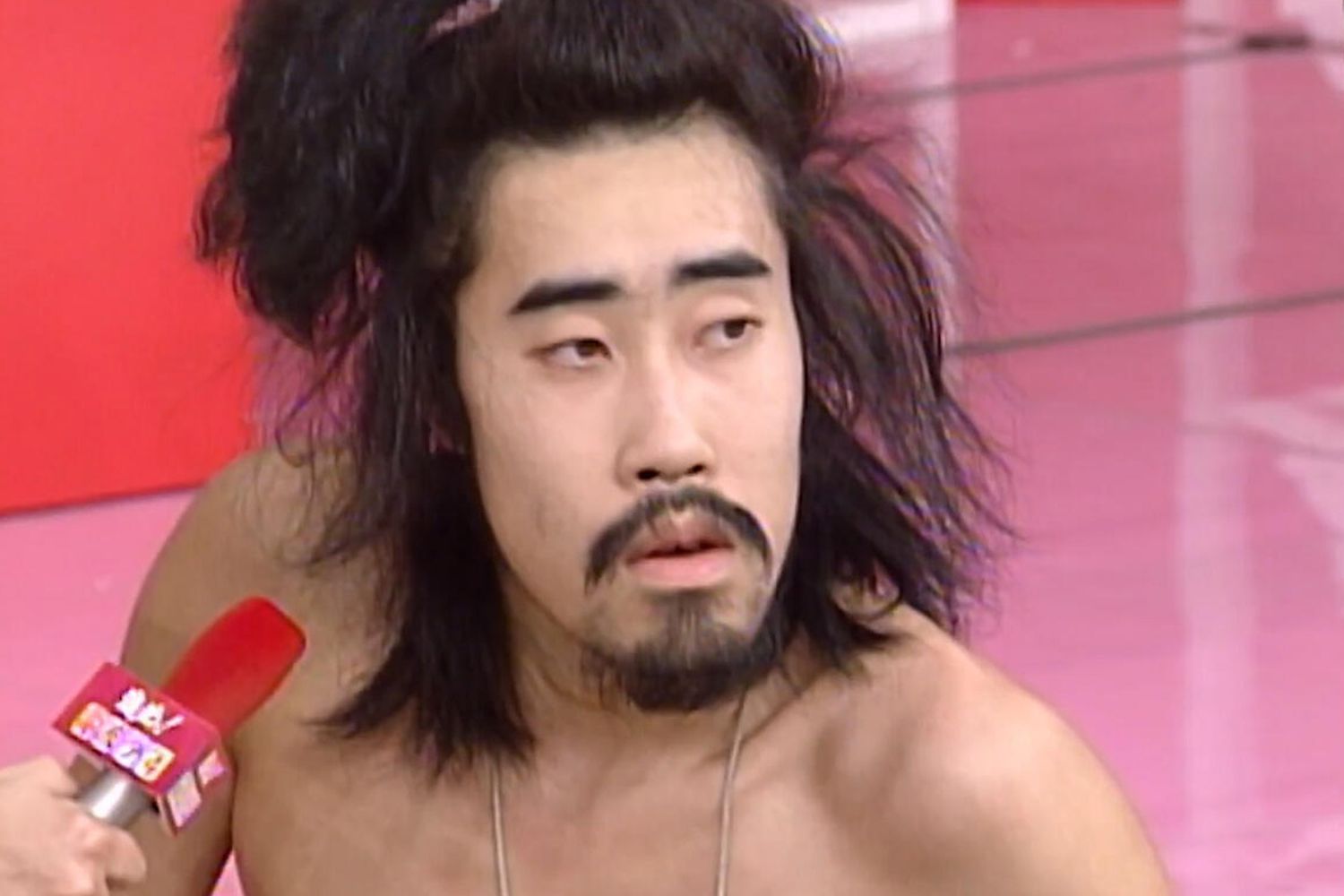 We’ve all become a bit obsessed with true crime in the last few years. There are countless podcasts, documentaries, interviews, books to satiate our taste for the macabre. Are you even a true crime fan if you don’t have a favourite serial killer?
We’ve all become a bit obsessed with true crime in the last few years. There are countless podcasts, documentaries, interviews, books to satiate our taste for the macabre. Are you even a true crime fan if you don’t have a favourite serial killer?
Petr Hátle’s Mr. & Mrs. Stodola brings a true crime story to life that even the most ardent of fans might not have heard of. Along with writer Tomas Hruby, Hátle recounts the story of a “killer couple” who robbed and murdered eight retirees between 2001 and 2002. There is no glamour and no glossing over, here. Instead, Hátle chooses to focus on the psychology of it all, raising some uncomfortable questions without fully ever prompting you with the answer.
Jaroslav (Jan Hájek) appears to be infatuated with his girlfriend, Dana (Lucie Zácková). She is funny and alluring, and more than one set of eyes are on her in their tiny Czech village. He works all day whilst she remains in the flat they share with his mother. She is bored and has made it clear that she wants more from her life than what he can offer. Within the first half hour of laying eyes upon them both, we have seen a robbery gone wrong, deliberate arson, lying to the police, the threatening of an old woman and another grave being dug. Hátle wastes no time in showing you who these people are.
The tension is expertly crafted throughout the film. Any time you see either Jaroslav (often referred to as Jarda) or Dana go anywhere near an old person, you are immediately concerned for their safety. You know what is about to happen but that never lessens the feeling that Hátle is able to create. There’s a fantastic POV shot where Dana swims in a lake, scouring the sunbathers for her next victim, like a shark picking out its prey. It’s a hugely impactful directorial choice that gives you even more of a glimpse inside the character’s head. The tension between the couple themselves is often palpable. She is always smirking; mocking. He oscillates between pleading and threatening.
But, for all of this pulsating terror, a lot of the violence occurs off screen. Or, at most, we will see it in a flashback. This has a doubly interesting effect. One, it allows us to focus on the power dynamics between the couple and understand their motivations and, two, when we do see the consequences of their decisions, it is truly shocking. Perhaps the most horrific is the home invasion which sees one elderly woman in a bathtub full of blood and the other found frozen in fright. You could even suggest it’s because Jarda and Dana cannot face what they have done and, therefore, neither do we.
Both Jan Hájek and Lucie Zácková give the most incredible performances. A flick of her head and a wry smile and Jarda is off to do Dana’s bidding. This is a film that places the blame squarely at her door, often showing Jarda to be little more than a “useful idiot” desperate to keep his glamorous new wife interested in him. (And yet, he is the one committing most of the violence, which will leave many viewers so conflicted.) Lucie Zácková is utterly beguiling on screen. She oozes an energy and charm that, although it is laced with something more sinister, you cannot help but watch. The little hints we get about her interpretation of Dana – such as finding her pure, white wedding dress itchy – are just gorgeous to watch. Jan Hájek, meanwhile, takes us on a complex journey with Jaroslav. Is he a victim or a willing accomplice? Hájek’s performance plays it as both, which makes for compelling viewing.
One of the most interesting insights that Hátle gives us is often how the couple is framed. As Dana and Jarda choose their first couple to rob, we see the elderly pair huddled together, shocked and small at the right hand side of the screen. A shadow appears and, suddenly, Dana steps into frame, taking up the entire space with her rictus grin. There’s also a beautiful shot where we see  Jaroslav, head in hands, smoking and sitting in his pants, perhaps unable to cope with what they have been doing. He is centre of the frame, flanked by two door posts. We then get the reverse shot of this, with Dana in between the same doorframe, but she is bubbly, smiling and looking for something to eat. Is this how we are supposed to see them or is this how they see each other and themselves?
Jaroslav, head in hands, smoking and sitting in his pants, perhaps unable to cope with what they have been doing. He is centre of the frame, flanked by two door posts. We then get the reverse shot of this, with Dana in between the same doorframe, but she is bubbly, smiling and looking for something to eat. Is this how we are supposed to see them or is this how they see each other and themselves?
Hátle also uses an interesting colour palette to tell his tale. In their semi-rural village, all the buildings are washed out yellow or grey, with interiors streaked with browns and reds. When the couple gets their new apartment, it is full of blues and greens and beiges. The indoor lighting is often a sickly yellow, casting unusual light and darkness across the characters. The costuming and décor give it a relatively timeless feel, too, as if the threat from people like Dana and Jaroslav never quite goes away.
Mr. and Mrs. Stodola is a very tightly paced film with superb lead performances. It raises interesting questions about “killer couples” regarding autonomy and power balances. Gorgeously shot and fascinating in its conclusion, this is a must watch.
Mr. & Mrs. Stodola is screening at the Glasgow Film Festival as part of their Czech, Please! strand. Get your tickets here.
- Six of the Best: Not Quite Christmas - December 12, 2024
- Glasgow Film Festival 2025 Announces Country Focus, Special Events and UK Wide Screenings - December 11, 2024
- Armand – Review - November 4, 2024




